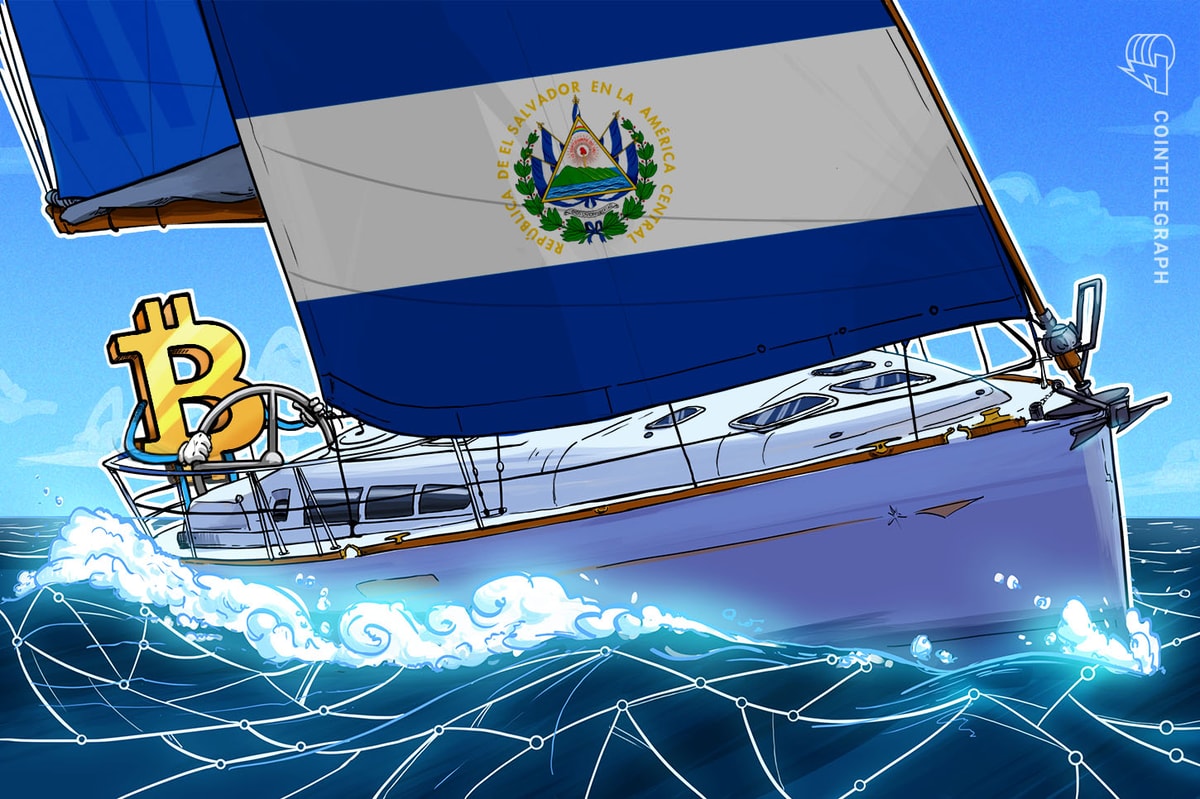The Hidden History of Iran: A Tale of Power, Oil, and Covert Operations
Embark on a Journey to the Land of Saffron and Rose Water Exploring the Impact of Western Imperialism, the CIA, and Oil Trade on Iran's Political Evolution from The Primary IssueDesert Mysteries The Great Oil Game’ is an exciting exploration into the secrets of the desert and the fascinating world of the oil industry.
📷 Image Source: Click the image above to subscribe!
Come with me to the land of saffron and rosewater for a story lost in the annals of history. This ancient kingdom, rich in history and once the mightiest empire in the world, is a forgotten desert in the eyes of much of the West. Yet those who choose to ignore the Persian empire seem to have forgotten their role in shaping its modern history. Much like the women of Iran removing their hijabs today, let us remove the veil of ignorance that has clouded this murky history and explore a chapter of its history that set the course for the world we know today.
The Rise and Fall of the Qajar Dynasty
In 1794, Agha Mohammad Khan Qajar set out to reunify Persia after years of political instability. Despite his heavy-handed approach, he was successful in his mission, but was assassinated three years later. While the beginnings of the Qajar reign showed a future to be hopeful for, each subsequent Qajar ruler became weaker than the last.
In the grand tapestry of the Qajar era, a child of royal lineage and privilege was born: Mohammad Mossadegh. Educated in Paris and Switzerland, Mossadegh had a fervor greater than integrity or the Constitutional Revolution — it was a yearning to liberate Persia from the shackles of foreign influence.
- Bitcoin Poised for Bullish 2024 Regardless of ETF Approval, Analyst Says! 🚀💪
- ETF Approval Sparks Hope for Bitcoin Investors
- VanEck Pledges to Donate Profits to Bitcoin Core Developers
The D’Arcy Concession: A Pact That Echoes With Mournful Sighs
The infamous D’Arcy Concession, signed in 1901, granted exclusive rights to British entrepreneur William Knox D’Arcy to prospect for oil in three-quarters of Persian territory for 60 years. In return, Persia received a meager sum of money and a paltry share of the profits. This concession, along with other historical events, sowed the seeds of discontent and led to a revolution that changed the course of Iran’s history.
The Birth of Iran’s Constitution and the Struggle for Democracy
In 1906, the Persian Constitution emerged as the symbol of a reformed nation, taming the power of the throne and welcoming the birth of a bicameral parliament. However, the D’Arcy Concession continued to cast a shadow of controversy and resentment, fueling dissatisfaction and a desire to regain control over Iran’s resources.
Mohammad Mossadegh: The Champion of Democracy and Nationalism
Mohammad Mossadegh, a staunch advocate for democracy and nationalism, rose to prominence during this turbulent period. His logic was simple: how could a country be a democracy if it did not have genuine control over its own affairs? Mossadegh’s focus was on Iran’s most important resource: oil.
The Nationalization of the AIOC: Fueling Economic Deadlock and International Tensions
Mossadegh’s nationalization agenda faced resistance from the British and severe sanctions were imposed on Iran. Despite a request for the British to allow the Iranians to audit the AIOC’s claims, negotiations faltered. The British hypocrisy was blatant, championing national rights at home while vehemently opposing Iran’s path to nationalization.
The Iranian Revolution and the Downfall of Mossadegh
By the 1950s, the voices of the Persian people demanded the nationalization of the AIOC. Mossadegh’s popularity surged, but the backlash from foreign powers, particularly Britain, was swift and ruthless. Propaganda campaigns and covert operations were launched to undermine Mossadegh’s rule.
Operation Ajax: The Covert Coup That Changed Iran’s Destiny
In 1953, Operation Ajax, a CIA-led covert coup, toppled Mossadegh’s government, reinstating the Shah and ensuring Western control over Iranian oil resources. The aftermath of the coup marked a turning point in Iran’s history, leading to the Islamic Revolution in 1979.
The Legacy of the Coup and the Consequences of Power Politics
The consequences of the coup were far-reaching. The British, once the unrivaled guardians of Iran’s oil, had to share control with their American allies. Mossadegh, once a celebrated leader, was sentenced to imprisonment and house arrest. The Iranian people, caught in a storm of international power politics, saw their aspirations for democracy stifled.
📚 References:
- America and Iran: A History, 1720 to the Present by John Ghazvinian
- The Anglo-Iranian Oil Company (AIOC) Crisis (Iran, 1951–53)
👥 Q&A: More Insights into the History and Future of Iran
Q: What were the long-term effects of the 1953 coup on Iran’s political landscape?
A: The 1953 coup had significant long-term effects on Iran’s political landscape. It led to the reinstatement of the Shah and the suppression of democracy, which ultimately fueled widespread discontent and paved the way for the Islamic Revolution in 1979.
Q: How did the 1953 coup impact Iran’s relationship with the United States?
A: The 1953 coup strained Iran’s relationship with the United States, as it was perceived as an intervention in Iran’s internal affairs. The United States’ involvement in the coup has left a lasting legacy of mistrust between the two nations, shaping their foreign relations to this day.
Q: How has Iran’s oil industry evolved since the nationalization of the AIOC?
A: After the nationalization of the AIOC, Iran’s oil industry underwent significant changes. The British were forced to share control with American companies, and Iran gained more control over its resources. However, the path to full sovereignty and self-determination in the oil industry has remained challenging due to geopolitical factors and international power dynamics.
🚀 The Future of Iran: Insight and Recommendations
Based on historical events and future outlook trends, it’s crucial to analyze and consider the potential future of Iran. Some key points to take into account are:
- Geopolitical Significance: Iran’s regional influence and its position in the Middle East make it an essential player in future geopolitical dynamics.
- Oil Market Trends: The global dependence on oil is gradually shifting, with increasing focus on renewable energy sources. Iran will need to adapt and diversify its economy to thrive in this changing landscape.
- Demographic Factors: Iran has a young and educated population, presenting opportunities for technological advancements and economic growth.
- International Relations: Developing positive diplomatic relations with other countries, such as improving ties with the United States, can create opportunities for economic development and investment in Iran.
While uncertainties remain, it’s important to stay informed and monitor the political, economic, and social developments in Iran. As always, thorough research and a diversified investment strategy are crucial when considering any investment opportunity.
🌐 Further Reading and Resources:
- The 1953 Coup in Iran
- Iran Oil Nationalization and the Anglo-Iranian Oil Company
- Iran’s Energy Sector: Unlocking the Potential
- Iran’s Economic Future After the Nuclear Deal
Did you enjoy this article? Share it on social media and let others explore the fascinating history of Iran’s power struggles and the legacy it holds in our world today. 🌐✨
We will continue to update Blocking; if you have any questions or suggestions, please contact us!
Was this article helpful?
93 out of 132 found this helpful
Related articles
- 🚀 Bitcoin (BTC) Eyes $43,000 Support Level Amidst Strong US Jobs Report and Spot ETF Hopes
- Investors Brace for SEC Decision on Bitcoin ETF Approval 💼🔍💰
- BlackRock Set to Buy $10 Million in Bitcoin: Is a Bitcoin ETF Approval Imminent?
- The Resurgence of the Crypto Market: Is History Repeating Itself?
- The Ultimate Guide to Navigating the Crypto Investment Space in 2024 🚀💰
- 🌟 Bitcoin Volatility: Brace Yourself for Unprecedented Swings! 📉💥
- Bitcoin ETF Race Heats Up: Grayscale, ARK Invest, and Valkyrie Submit Forms for Approval with SEC






